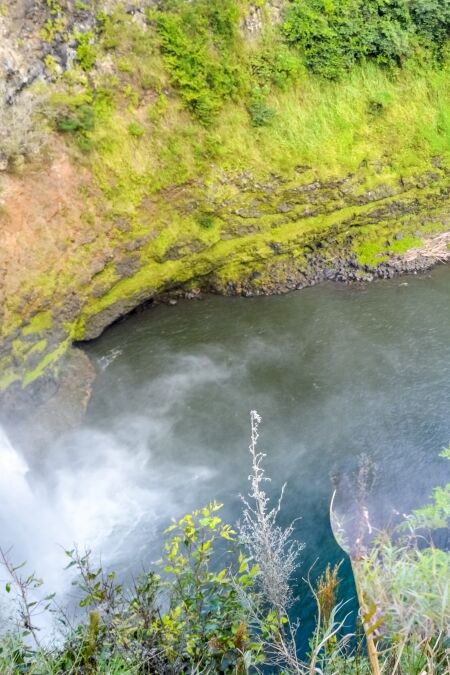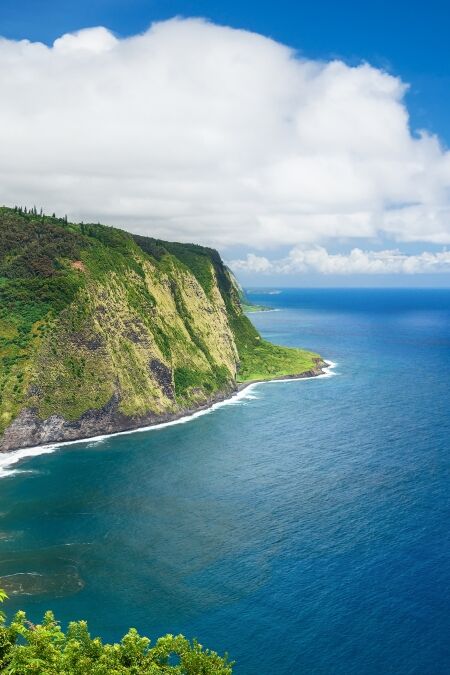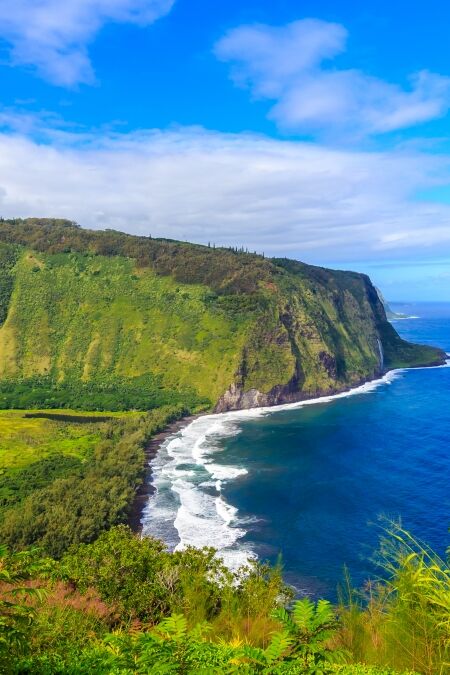Hiilawe Falls, one of the tallest waterfalls in Hawaii, cascades over 1,450 feet in the lush Waipio Valley on the Big Island. As a breathtaking natural wonder, it draws visitors seeking to experience the dramatic beauty of Hawaii’s rugged landscapes. This article explores the history, accessibility, and highlights of Hiilawe Falls, offering tips on how to visit this iconic attraction and enjoy the surrounding scenery.
Highlights
- The falls are nestled in the lush Waipio Valley, providing a serene backdrop of green cliffs and misty skies, ideal for photographers and adventurers alike.
- Access to Hiilawe Falls requires a trek or a guided tour through the valley, adding a sense of adventure and exclusivity to the experience.
- The falls are most impressive during the rainy season (November to March) when the water flow is at its peak.
- Many visitors combine a trip to Hiilawe Falls with a Waipio Valley horseback or 4WD tour.
History
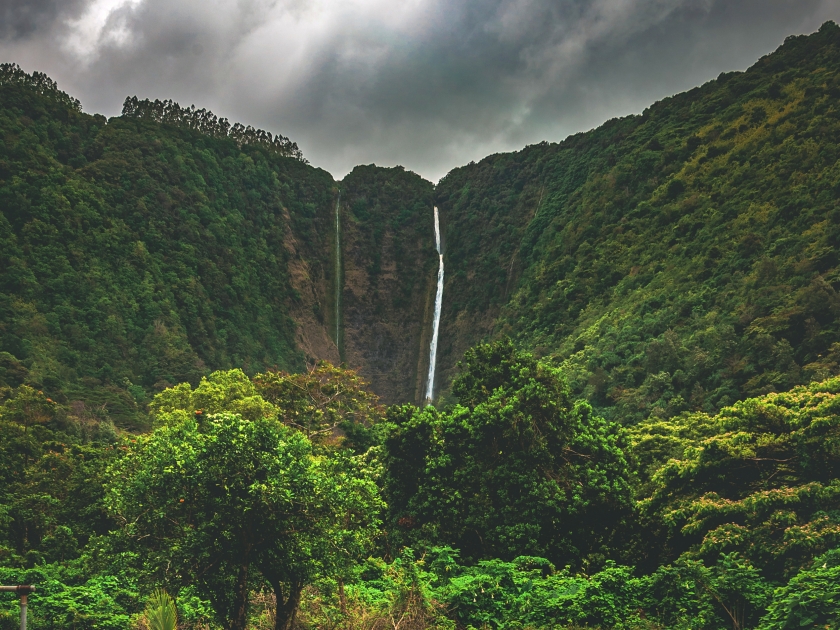
The Legend of Hi'ilawe and Hakalaoa
According to legend, Hi’ilawe Falls tells the story of two ill-fated lovers, Hi’ilawe and Hakalaoa. When the rain god Lono sought Hi’ilawe as his bride, she fled with Hakalaoa to the safety of Waipio Valley. Desperate for escape, the couple prayed to the gods, who transformed Hi’ilawe into a waterfall and Hakalaoa into a rock at its base. Today, the waterfall’s continuous flow symbolizes Hi’ilawe’s eternal sorrow for her lost love, making it a poignant spot steeped in myth.
Waipio Valley’s Historical Importance
Waipio Valley, often called the “Valley of Kings,” holds deep historical significance. This fertile valley was once home to Hawaiian royalty and chiefs, including the famous King Kamehameha I, who unified the Hawaiian Islands. The abundant resources of the valley supported a thriving agricultural community, and its cultural legacy continues to draw visitors who seek a connection to Hawaii’s past.
Hi'ilawe Falls Today: A Must-See Destination
In modern times, Hi’ilawe Falls has become a sought-after destination for adventurous travelers. Hiking into the remote Waipio Valley offers visitors a chance to experience the falls’ breathtaking beauty up close. However, the water flow can vary depending on seasonal rainfall and water diversion. While access to the falls requires effort and is partially restricted due to private land, the surrounding landscape and the waterfall’s towering presence make it a truly memorable experience for those who make the journey.
What to Expect at Hiilawe Falls
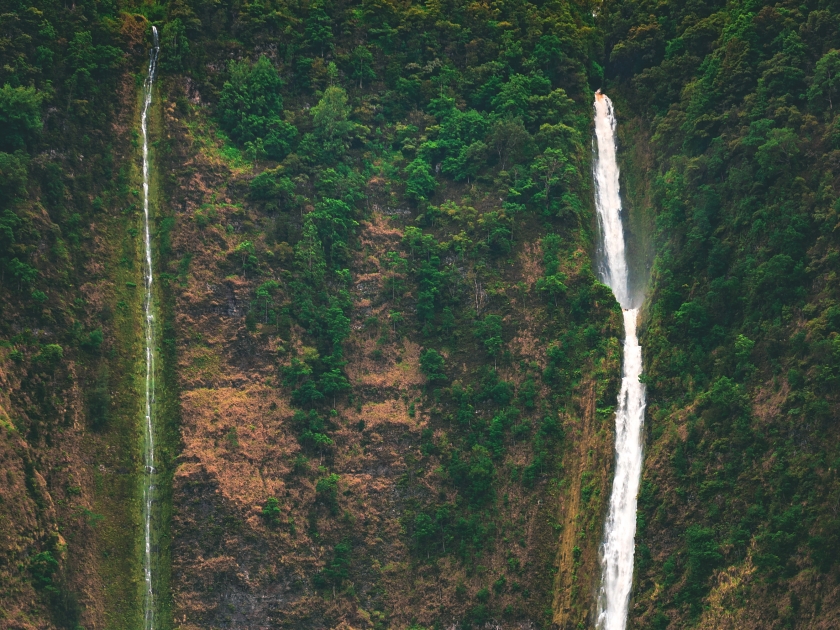
Hiilawe Falls towers at over 1,450 feet, featuring a majestic two-tiered cascade that plunges down the cliffs of Waipio Valley. The surrounding landscape is a verdant paradise, with dense greenery, towering trees, and tropical plants that create a stunning contrast against the waterfall’s rushing waters. Visitors can also expect to encounter unique wildlife and flora native to the valley, adding to the serene and untouched beauty of this iconic location.
Things to Do
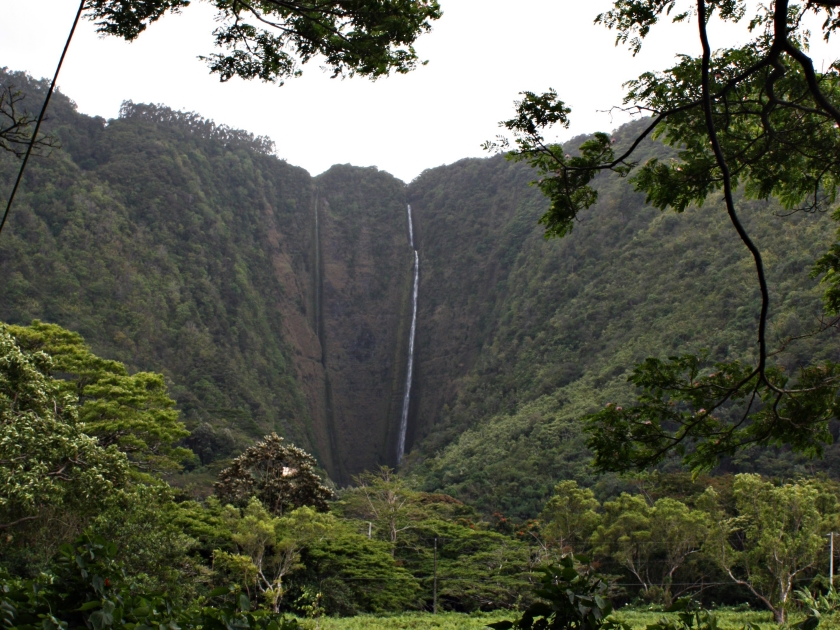
Hiking
Several trails in Waipio Valley lead to viewpoints of Hiilawe Falls, though they can be challenging due to steep terrain and muddy conditions. Hikers should be prepared for rugged paths, often requiring a 4WD vehicle to access the valley. Along the way, you’ll be rewarded with stunning views of the valley, dense rainforests, and eventually, the awe-inspiring sight of Hiilawe Falls from a distance.
Photography Opportunities
Hiilawe Falls offers incredible photography opportunities, especially for those looking to capture its towering height and lush surroundings. The best vantage points are along the valley’s ridges or from lookout spots that give a full view of the falls cascading down into the valley below. The contrast of the waterfall against the green backdrop, especially after rain, makes for spectacular shots.
Swimming and Picnicking
While the pool at the base of Hiilawe Falls may look inviting, swimming is generally not advised due to safety concerns, including strong currents and the potential for flash floods. The area is better suited for peaceful picnicking, where visitors can enjoy the natural beauty of the valley, provided they stay mindful of local guidelines and respect the environment.
Guided Tours, Hiking, and Off-Road Vehicles
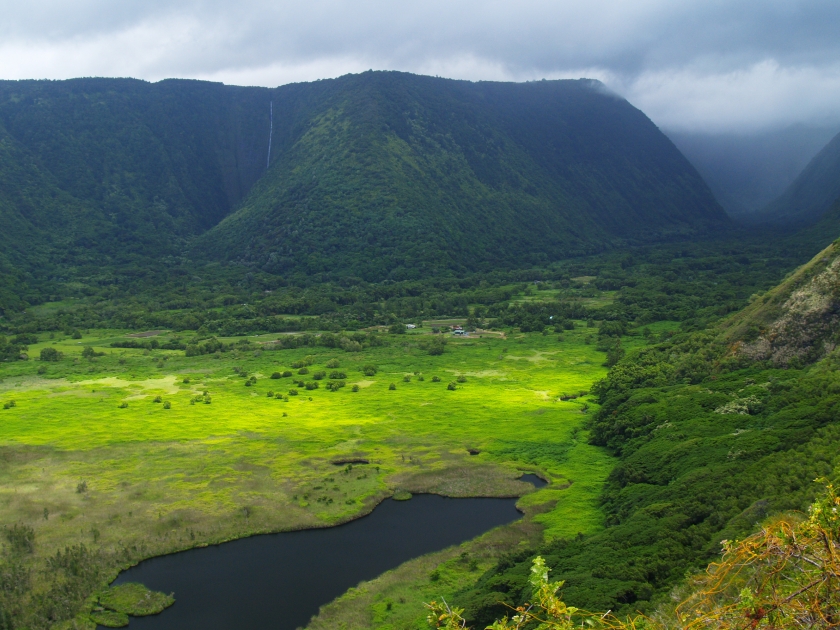
Reaching Hiilawe Falls can be challenging due to the steep, rugged terrain of Waipio Valley. For those looking to explore the area, guided tours are available, offering expert knowledge and safe passage through the valley. Adventurous travelers can hike the trails, but be prepared for muddy and slippery paths. The use of a 4WD vehicle is often necessary to navigate the valley’s rough roads, and some parts may still require hiking. Guided assistance is highly recommended to ensure safety and maximize your experience in this remote and beautiful location.
Tips for Visiting
- Bring Proper Footwear: Trails can be steep and muddy, so sturdy hiking shoes are essential.
- Prepare for the Terrain: A 4WD vehicle may be needed to access the valley, or consider booking a guided tour.
- Check the Weather: Visit after recent rains for the most impressive waterfall flow, but avoid times of heavy rain to prevent flash flood risks.
- Respect Local Guidelines: The falls are located on private land, so respect posted signs and avoid trespassing.
- Pack Essentials: Bring water, sunscreen, and bug repellent, as the hike and valley can be humid and challenging.
- Plan for Safety: Swimming is not recommended due to strong currents and unpredictable conditions.
- Capture the Scenery: Bring a camera or smartphone to capture the stunning views of the falls and surrounding valleys.
- Go Early: Arriving early in the day can help avoid crowds and enjoy the peaceful surroundings.
Best Times to Visit
The best time to visit Hiilawe Falls is during the wet season, from November to March when the waterfall is at its most powerful and dramatic. During this time, the increased rainfall ensures a steady and strong flow, making the falls even more breathtaking. However, visitors should be cautious of potential flash floods and slippery trails. For a more tranquil experience with fewer crowds, visiting in the early morning or late afternoon during the drier months can still offer beautiful views, though the falls may be less impressive.
Nearby Attractions
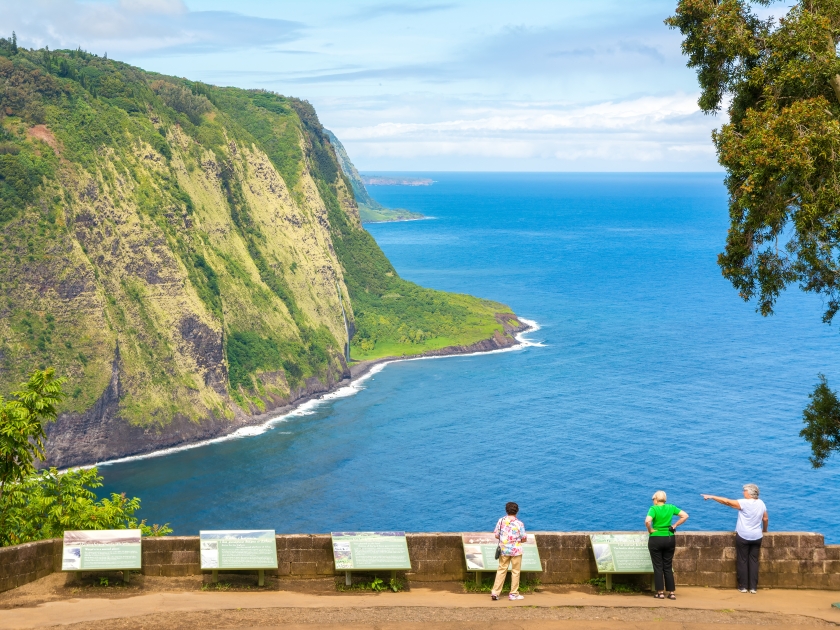
In addition to Hiilawe Falls, Waipio Valley is home to several other attractions worth exploring. Visitors can take in the stunning black sand beach at the valley’s base, a perfect spot for a peaceful walk or enjoying the coastal views. The Waipio Lookout offers breathtaking panoramic views of the entire valley, ideal for photography or simply soaking in the scenery. Nearby, there are other waterfalls and hiking trails, including Kaluahine Falls, that provide more opportunities to experience the valley’s natural beauty and cultural significance.
Where to Stay Near Hiilawe Falls
Visitors to Hiilawe Falls have several accommodation options, ranging from comfortable hotels to rustic camping experiences. Waipiʻo Lodge, located nearby, offers a cozy stay with easy access to the valley, while vacation rentals in Honokaa provide a more local, laid-back vibe. For those seeking a deeper connection with nature, the Waimanu Valley Campsites offer an immersive, off-the-grid experience surrounded by stunning scenery. Whether you prefer a hotel, a vacation rental, or camping under the stars, the area around Hiilawe Falls has something for every traveler.
Frequently Asked Questions (FAQs)
Hiilawe Falls is located in Waipio Valley on the Big Island of Hawaii, surrounded by lush tropical landscapes.
While there is no direct public trail to Hiilawe Falls, visitors can explore Waipio Valley to view the falls from a distance.
Hiilawe Falls is not always active, as its flow depends on rainfall, and it may slow to a trickle during dry seasons.
Hiilawe Falls is best viewed from Waipio Valley, accessible via a steep hike or 4WD vehicle, but access to the base is restricted.
Hiilawe Falls is one of Hawaii’s tallest waterfalls and is set against the dramatic cliffs of Waipio Valley, offering breathtaking views.
Yes, Hiilawe Falls is a popular natural attraction for visitors to Waipio Valley, known for its stunning height and scenic surroundings.
How to Get There
By Car
To reach Hiilawe Falls by car, start by navigating to Waipio Valley, located on the northern coast of the Big Island of Hawaii. The route involves driving along Highway 19 until you take the turnoff onto Highway 240 toward the Waipio Valley Lookout. From there, you’ll encounter a steep and narrow road descending into the valley. This road is best suited for four-wheel-drive vehicles due to its grade and surface conditions. Once in the valley, it’s recommended to park at an appropriate location and continue on foot for the best access to the falls.
By Bus
If you prefer to use public transportation, board a bus headed towards Honokaa, a nearby town that serves as a gateway to Waipio Valley. From Honokaa, it’s possible to take a taxi or rideshare service to the Waipio Valley Lookout, as regular bus services might not frequently reach the valley due to its remote location. Upon reaching the lookout, you can explore the valley either by joining a guided tour or by hiking if you’re adequately prepared for the terrain and weather conditions.
Ready to Chase Waterfalls?
Hiilawe Falls is a must-see destination for anyone looking to explore the wild beauty of Hawaii’s Big Island. Whether you’re hiking through Waipio Valley, capturing the perfect photo, or simply soaking in the sights, this towering cascade offers an unforgettable experience. So pack your gear, lace up those hiking boots, and get ready to embark on an epic adventure in one of Hawaii’s most iconic landscapes!


